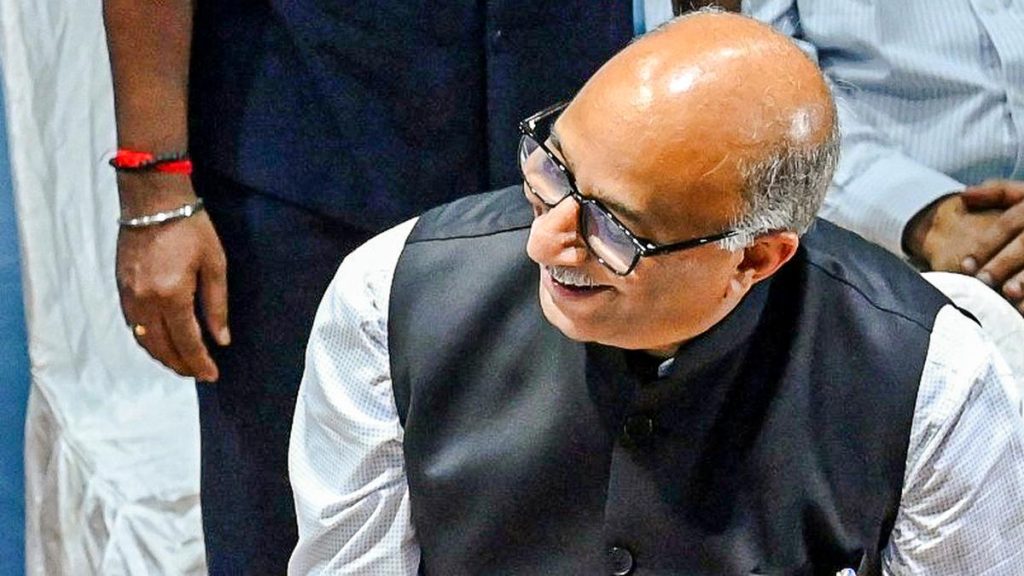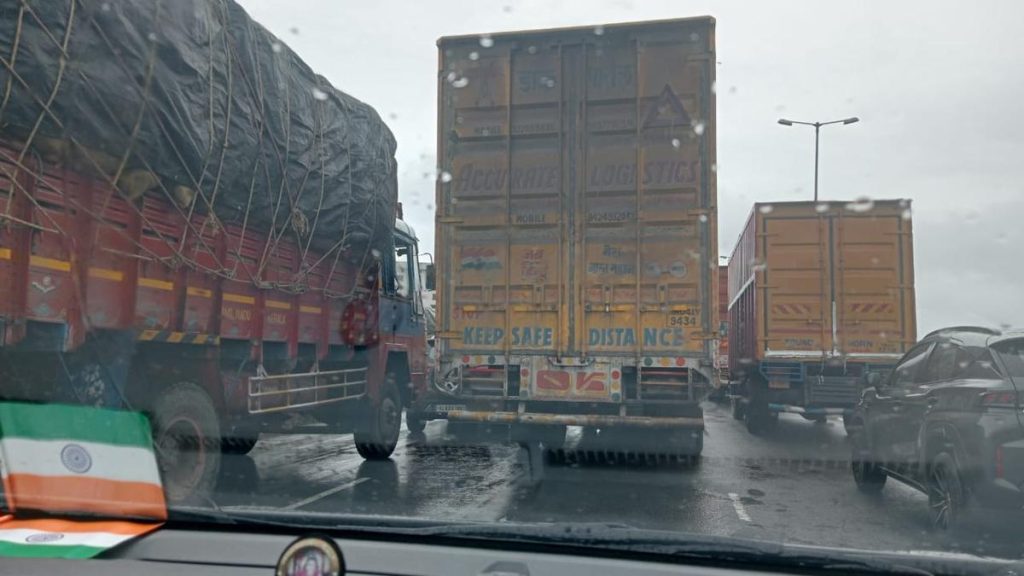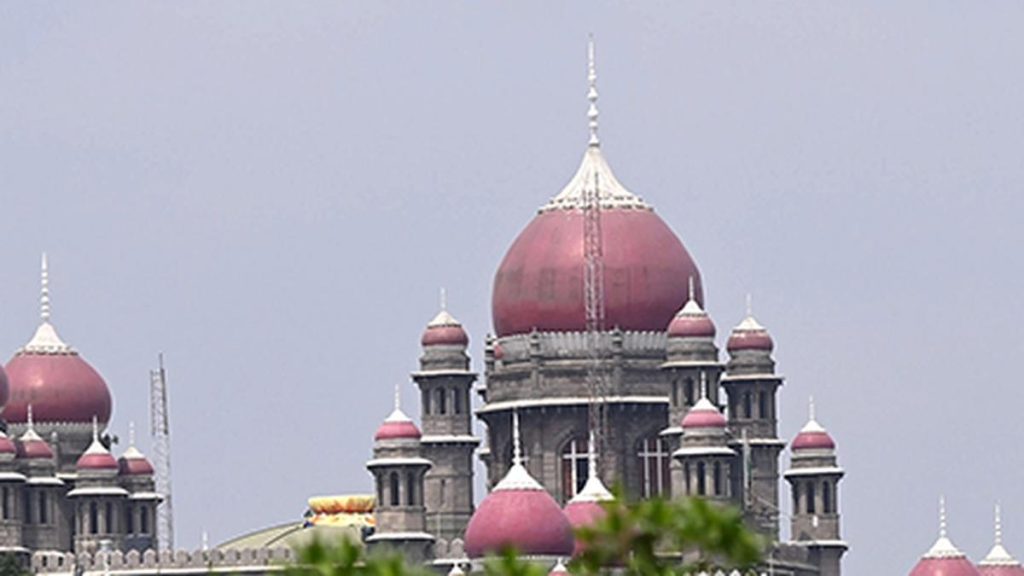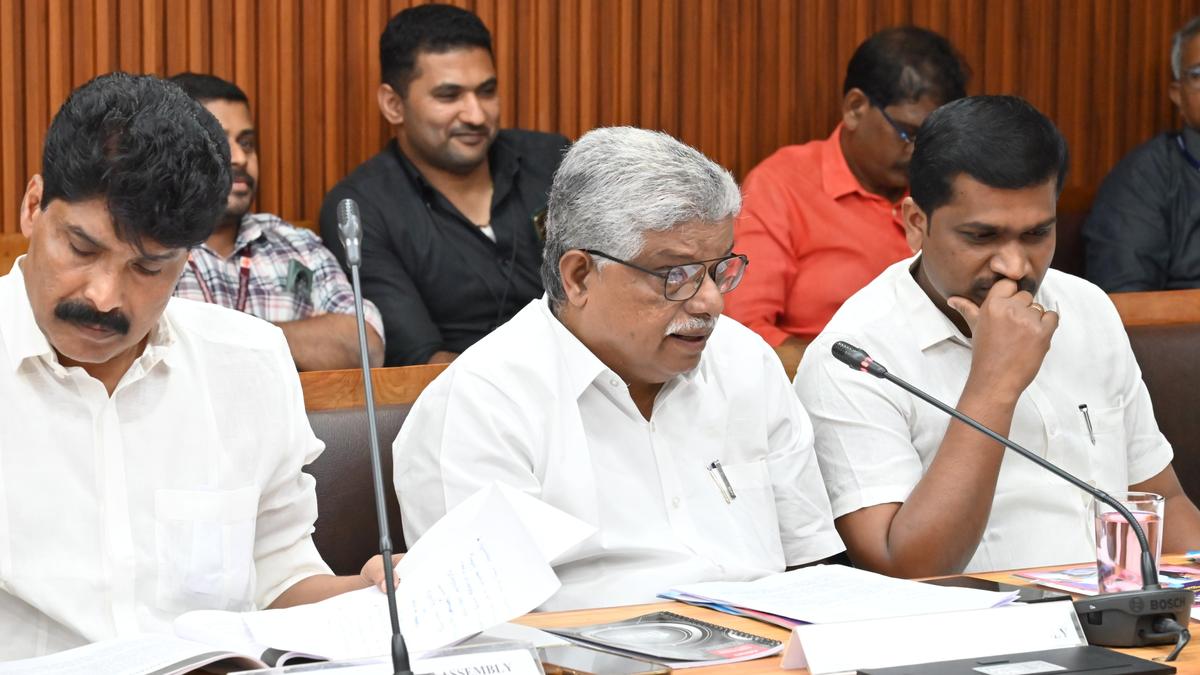Now Reading: Krishna River Levels Rise as Maharashtra Releases Water Despite Reduced Rainfall
-
01
Krishna River Levels Rise as Maharashtra Releases Water Despite Reduced Rainfall
Krishna River Levels Rise as Maharashtra Releases Water Despite Reduced Rainfall
Quick Summary:
- Rainfall in north Karnataka has reduced slightly, but rising water levels in the Krishna River persist due to increased discharge from Maharashtra.
- For the first time this month, water discharge at the inter-State border crossed 2 lakh cusecs (measured at 2,26,707 cusecs on Thursday).
- In Belagavi district, 12 bridge-cum-barrages remain submerged; commuters are relying on choice routes.
- Key reservoir updates:
– Hippargi barrage: Inflow and outflow stood at 1.8 lakh cusecs; storage was zero.
– Almatti dam: Gross storage reduced to 100 tmcft (full capacity of 123 tmcft), with inflow of 1.71 lakh cusecs and outflow over 2.5 lakh cusecs.
– Renuka Sagar dam (Malaprabha): Nearly full at a storage of 36 tmcft (against full capacity of 37 tmcft); inflow measured at 13,593 cusecs and outflow at 12,794 cusecs.
– Raja Lakhamagouda reservoir (Ghataprabha): Storage stands at almost full capacity with inflow recorded as slightly under outflow to prevent flooding.
Indian Opinion Analysis:
The heavy water discharge from Maharashtra into Karnataka rivers highlights the pressing need for improved interstate coordination in managing upstream and downstream impacts during monsoon seasons. Submerged infrastructure like bridges underscores vulnerabilities in flood-prone regions and calls for adaptive planning or resilient engineering solutions to ensure accessibility during such events. Reservoirs are approaching near-full capacities across Belagavi district while maintaining careful flow controls to avert flooding downstream-a crucial balance that demands meticulous monitoring.
This situation exemplifies how rainfall variations combined with upstream decisions can directly influence livelihoods in bordering states like Karnataka.Enhancing bilateral protocols between Maharashtra and karnataka could mitigate disruptions caused by large-scale water discharges while safeguarding communities reliant on critical transport corridors or agriculture sustained by these river-fed systems.
Read more: Link

























